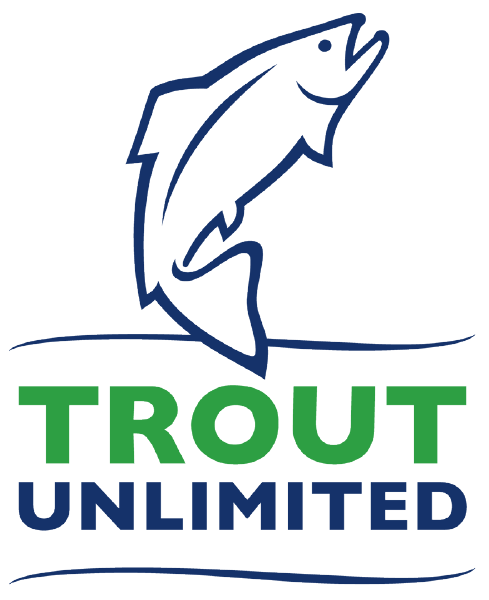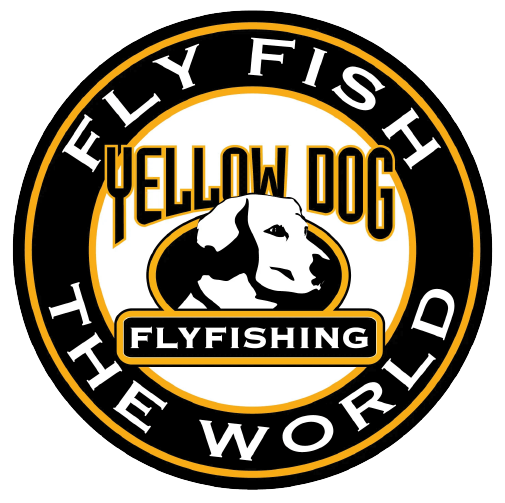Who’s Fishing the Most? A Look at America’s Top Fishing States
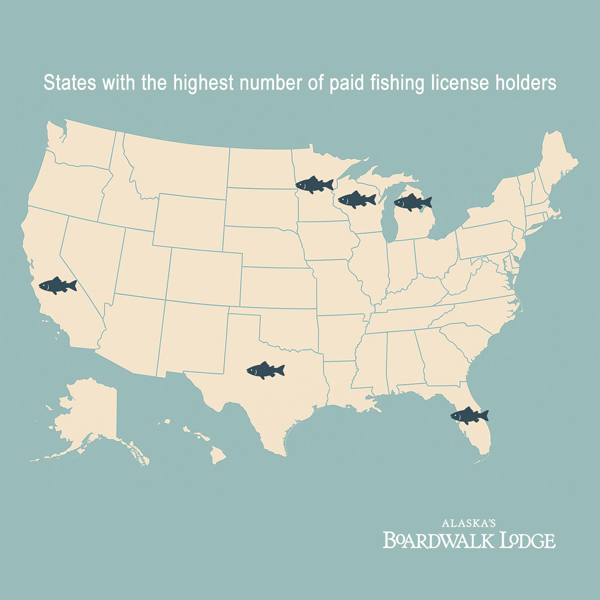
States With the Most Fishing Licenses
Have you ever wondered where America’s anglers flock to cast their lines? Fishing is more than a pastime—it’s a cherished tradition that weaves together relaxation, adventure, and a deep connection to the natural world. Whether it’s reeling in a feisty bass from a tranquil lake, battling a marlin in open waters, or ice fishing on a frozen river, the act of fishing resonates across generations. In 2023, a record-breaking 57.7 million Americans participated in recreational fishing, a 6% surge from the previous year, marking the highest participation in decades. By examining fishing license sales, we can pinpoint the states where angling thrives most vibrantly. This article dives into the top six states for fishing license sales in 2023 and 2024—California, Texas, Florida, Minnesota, Wisconsin, and Michigan—followed by a special mention of Alaska, exploring their unique fishing landscapes, cultural significance, and contributions to conservation and local economies
Why Fishing License Sales Matter
Every fishing license sold represents an individual eager to engage with America’s waterways, from coastal shores to inland streams. These licenses grant legal access to public waters, but their impact extends far beyond permission to fish. In most states, 100% of license fees fund fish and wildlife agencies, supporting critical programs like fish stocking, habitat restoration, public access improvements, and educational outreach. In 2023, U.S. fishing license sales generated nearly $898 million, adjusted for inflation, a testament to the sport’s popularity and its role in conservation.
The Sport Fish Restoration Act of 1950 amplifies this impact by redistributing federal excise taxes on fishing equipment and boat fuel to state agencies. Since 1952, this program has delivered over $8 billion to states, ensuring healthy fisheries and accessible waterways. The states with the highest license sales not only boast thriving angling communities but also lead the nation in sustaining fish populations and habitats for future generations. Let’s explore the top states and their unique contributions to America’s fishing culture.
Top States for Fishing License Sales
Below, we delve into the six states that led the nation in fishing license sales in 2023 and 2024, highlighting their unique fishing opportunities, cultural traditions, and conservation efforts, followed by a special mention of Alaska’s remarkable fishing scene.
#1 California
Fishing Licenses Sold: 2,184,487
Year: 2024
California claims the top spot with over 2.18 million fishing licenses sold in 2024, including resident and non-resident licenses, tags, permits, and stamps. In 2018, the state issued 2,339,546 resident licenses alone, generating $60.8 million in revenue. California’s dominance stems from its unparalleled geographic diversity. Anglers can cast into the Pacific Ocean for tuna, halibut, and rockfish, fish alpine lakes in the Sierra Nevada for trout, or navigate the Sacramento-San Joaquin Delta for striped bass and salmon. The state’s mild climate supports year-round fishing, from coastal charters in San Diego to inland reservoirs like Shasta Lake and Lake Tahoe.In 2024, California introduced a 365-day fishing license, valid from the purchase date rather than expiring on January 1, offering greater flexibility for anglers. However, costs have risen, with a resident annual license priced at $61.82 and a second rod stamp nearing $20. Despite the expense, California’s extensive infrastructure—public piers, marinas, and hatcheries—sustains high demand. Non-resident anglers, drawn by world-class fishing destinations like Monterey Bay, further boost sales. License revenue funds critical conservation efforts, including salmon restoration and coastal habitat protection, ensuring California’s fisheries remain vibrant.
#2 Texas
Fishing Licenses Sold: ~2,100,000
Year: 2023
Texas follows closely with approximately 2.1 million paid fishing licenses sold in 2023. Its vast size and ecological diversity make it a fishing powerhouse. The Gulf Coast offers redfish, speckled trout, and flounder, while offshore waters yield snapper, marlin, and kingfish. Inland, lakes like Sam Rayburn, Lake Fork, and Toledo Bend are legendary for largemouth bass, attracting anglers nationwide. Texas’s 3,700 miles of coastline and over 150 major reservoirs provide endless opportunities for both freshwater and saltwater fishing.The Texas Parks and Wildlife Department (TPWD) oversees a robust licensing system, with exemptions for seniors, disabled veterans, and certain youth. License revenue, which contributed over $44 million from hunting licenses alone in 2018, supports fish stocking, habitat restoration, and public access improvements. Texas promotes fishing through over 70 state parks with free fishing areas and annual “Free Fishing Day” events, encouraging new anglers. The state’s warm climate and cultural emphasis on outdoor recreation ensure year-round activity, solidifying Texas’s position as a top fishing state.
#3 Florida
Fishing Licenses Sold: ~1,700,000
Year: 2023
Florida, often dubbed the “Fishing Capital of the World,” sold approximately 1.7 million fishing licenses in 2023. In 2018, the state led the nation in non-resident licenses with 546,391 issued, reflecting its status as a global fishing destination. With 8,436 miles of coastline, over 7,500 lakes, and 12,000 miles of rivers, Florida offers unmatched variety. Saltwater anglers target tarpon, snook, red snapper, and grouper, while freshwater enthusiasts pursue largemouth bass and panfish in lakes like Okeechobee and the Kissimmee Chain.The Florida Fish and Wildlife Conservation Commission (FWC) uses license revenue to fund artificial reef construction, fish stocking, and habitat protection. Florida’s subtropical climate supports year-round fishing, and its extensive network of marinas, charters, and public access points caters to both locals and tourists. Fishing tourism drives significant economic activity, supporting jobs in coastal communities and industries like boat manufacturing and tackle retail. Florida’s blend of accessibility, biodiversity, and reputation keeps it among the top three.
#4 Minnesota
Fishing Licenses Sold: ~1,500,000Year: 2023Minnesota, the “Land of 10,000 Lakes,” issued around 1.5 million fishing licenses in 2023. With over 11,842 lakes, 69,000 miles of rivers, and access to Lake Superior, the state is a freshwater fishing paradise. Walleye, northern pike, smallmouth bass, and muskie are prized catches, drawing both residents and visitors. Fishing is a cultural cornerstone, celebrated through events like the annual Governor’s Fishing Opener in May, which draws thousands to lakes across the state.
The Minnesota Department of Natural Resources (DNR) offers flexible licensing options, including annual, 24-hour, and multi-day permits, with digital purchasing and mobile license display for convenience. License revenue funds fish stocking, lake management, and public access improvements, ensuring sustainable fisheries. Ice fishing extends the season, with frozen lakes hosting vibrant communities of fish houses in winter, particularly in areas like Mille Lacs. Minnesota’s blend of abundant waters and strong angling traditions keeps it a top contender.
#5 Wisconsin
Fishing Licenses Sold: ~1,400,000
Year: 2023
Wisconsin sold approximately 1.4 million fishing licenses in 2023, cementing its status as a freshwater fishing giant. With 15,000 lakes and access to Lake Michigan and Lake Superior, the state offers diverse opportunities. Inland anglers target walleye, panfish, smallmouth bass, and muskie, while Great Lakes fishermen pursue chinook salmon, steelhead, and brown trout. Wisconsin’s ice fishing scene is among the best, with lakes like Winnebago drawing crowds in winter.The Wisconsin DNR promotes fishing through discounts for first-time buyers and educational programs, fostering a new generation of anglers. License and stamp fees fund hatcheries, habitat restoration, and conservation efforts, critical for maintaining the state’s fisheries. Fishing tournaments, such as the sturgeon spearing season on Lake Winnebago, and community events like summer festivals and ice derbies strengthen Wisconsin’s fishing culture. Its proximity to Minnesota and Michigan creates a regional hub for anglers, boosting non-resident license sales.
#6 Michigan
Fishing Licenses Sold: ~1,200,000
Year: 2023
Michigan rounds out the top six with about 1.2 million licenses sold in 2023. Surrounded by four Great Lakes—Superior, Michigan, Huron, and Erie—Michigan boasts more freshwater shoreline than any state except Alaska. Its 11,000 inland lakes and thousands of miles of rivers offer abundant fishing opportunities. Popular catches include lake trout, salmon, walleye, and perch in the Great Lakes, and bass, bluegill, and pike in inland waters. The Upper Peninsula’s remote streams and lakes draw anglers seeking solitude.The Michigan DNR uses license revenue to fund hatcheries, stocking programs, and the Great Lakes Fishery Commission, ensuring sustainable fisheries. The state’s fishing season peaks in spring and summer, but ice fishing for walleye and perch thrives in winter, particularly in Saginaw Bay. Michigan’s public access sites, extensive shoreline, and tourism-driven fishing industry make it a perennial favorite for anglers.
Special Mention: Alaska
Fishing Licenses Sold: ~530,000
Year: 2023
Alaska may not have the population size of states like Texas or California, but when it comes to fishing culture, it punches far above its weight. In 2023, the state issued roughly 530,000 sport fishing licenses. That’s impressive for a state with fewer than a million residents. What Alaska lacks in numbers, it makes up for in world-class fishing and sheer wilderness access.
From salmon-choked rivers to deep fjords filled with halibut, Alaska offers some of the best fishing on the planet. Popular targets include king salmon (chinook), sockeye, silver salmon (coho), rainbow trout, Dolly Varden, and halibut. Many anglers come just to fish famous rivers like the Kenai, the Copper, or the Nushagak. Others head to remote lodges like Boardwalk Lodge on Prince of Wales Island, where they can fish both saltwater and freshwater in the same trip.
Alaska’s fishing season is shorter than many other states due to weather, but the action during the peak months is hard to beat. June through August is prime time for salmon, with shoulder seasons offering steelhead and trout fishing. Ice fishing isn’t as widespread due to the state’s vast and rugged terrain, but in accessible areas like Fairbanks or parts of the Mat-Su Valley, it’s growing.
Fishing license revenue helps fund key conservation efforts led by the Alaska Department of Fish and Game (ADFG). This includes hatcheries, salmon management, trout restoration, and research into fish health and habitat. Non-resident license sales also make up a big share of revenue, as thousands of people travel to Alaska each year specifically for guided fishing trips and charters.
In Alaska, fishing isn’t just a hobby—it’s part of life. Subsistence, sport, and commercial fishing are tightly linked to culture, economy, and food sources. Even with fewer people, the state’s influence on American fishing is massive. For anglers looking for something wilder and more remote, Alaska stands alone.
What Sets These States Apart
Several factors explain why these states dominate fishing license sales:
Population Size: California, Texas, and Florida have large populations, naturally increasing the pool of potential anglers.
Geographic Diversity: Minnesota, Wisconsin, Michigan, and Alaska boast thousands of lakes and rivers, while California, Texas, and Florida offer both freshwater and saltwater fishing.
Cultural Traditions: Fishing is deeply ingrained in the Midwest and South, with events like Minnesota’s Fishing Opener and Wisconsin’s sturgeon spearing fostering community. Alaska’s subsistence fishing ties the sport to cultural identity.
Climate: Warmer states like California, Texas, and Florida enable year-round fishing, while northern states leverage ice fishing to extend the season.
Tourism: Non-resident licenses drive sales in Florida, California, Michigan, and Alaska, with tourists planning trips around fishing.
Economic and Conservation Impacts
Fishing license sales are an economic engine, generating nearly $900 million nationwide in 2023. Beyond licenses, anglers spend billions on equipment, boats, fuel, lodging, and guides, boosting local economies. In Florida and Alaska, fishing tourism sustains coastal communities, supporting tackle shops, charter services, and restaurants. Michigan’s Upper Peninsula and Texas’s Gulf Coast similarly benefit from angler-driven revenue.
Conservation is equally critical. License fees fund hatcheries, fish stocking, habitat restoration, and public access improvements. For example, California’s $60.8 million in 2018 license revenue supported salmon recovery, while Alaska’s funds bolster wild salmon populations. Without these resources, many waterways would degrade, and fish populations would decline, threatening the sport’s future.
Trends and Challenges
Fishing participation surged during and after the COVID-19 pandemic, as people sought safe, outdoor activities. The rise in female and youth anglers is promising, but retention remains a challenge, with female youth dropping out at an 11% higher rate than males. States are countering this with “Learn to Fish” programs, women’s fishing events, and youth mentoring initiatives.
Digital licensing is transforming access, with states like Minnesota and California offering mobile apps and digital licenses for convenience. However, rising license costs—such as California’s $61.82 resident fee—can deter participation. Lifetime licenses and multi-year options in states like Texas and Florida help address affordability.
Long Live the Fishing Trip!
Fishing remains one of America’s most beloved outdoor activities, and states like California, Texas, Florida, Minnesota, Wisconsin, Michigan, and Alaska lead the charge. These states offer diverse angling experiences, from coastal charters to icy lakes, supported by robust conservation programs and vibrant fishing cultures. Buying a fishing license does more than grant access—it sustains the waters and fish that make these experiences possible. Whether you’re casting in the Kenai River or Lake Okeechobee, these destinations showcase the best of American fishing. For more information on obtaining a license, visit your state’s Department of Natural Resources website.

Support
Best Alaska Fishing
Boardwalk Lodge Supports
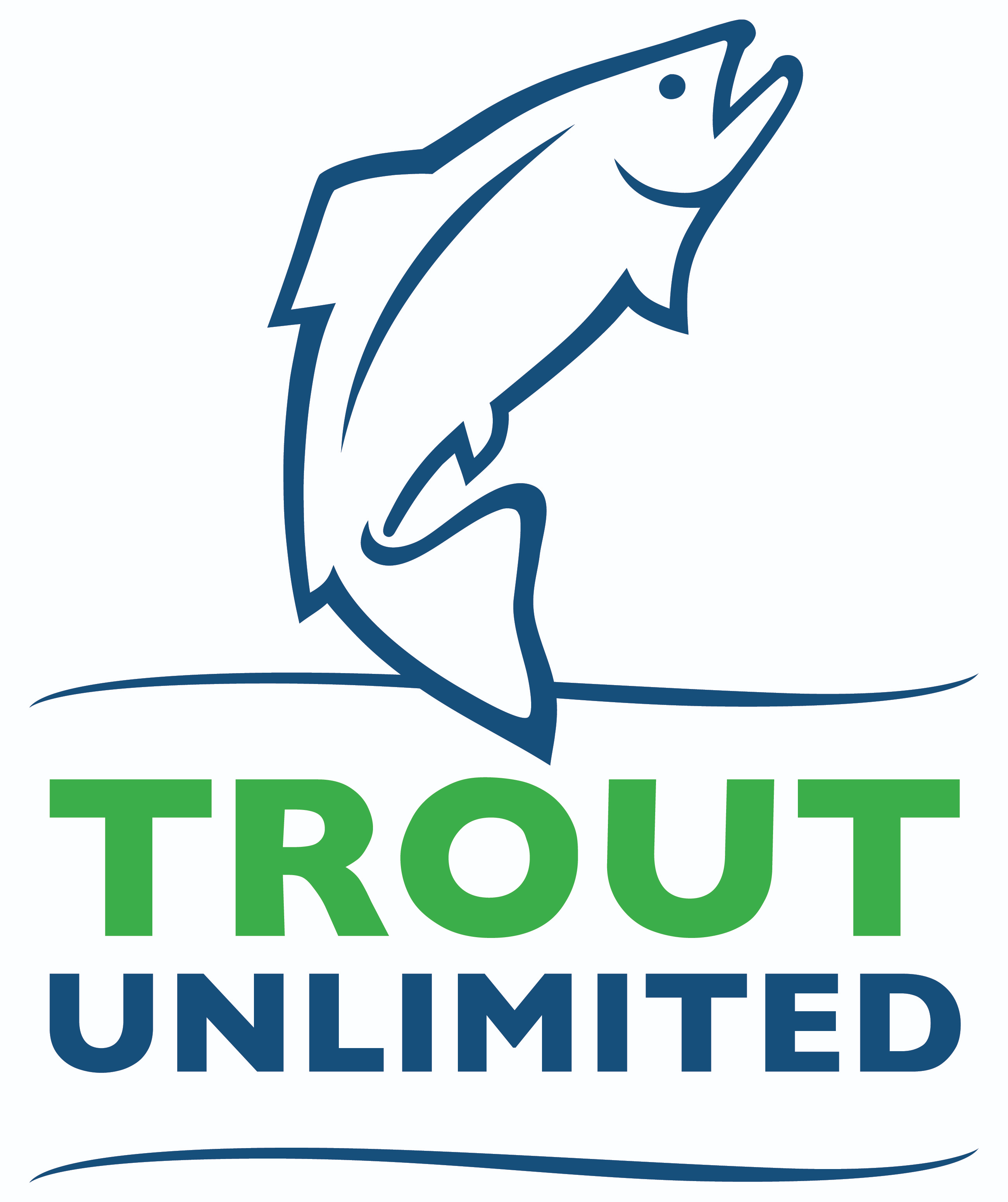



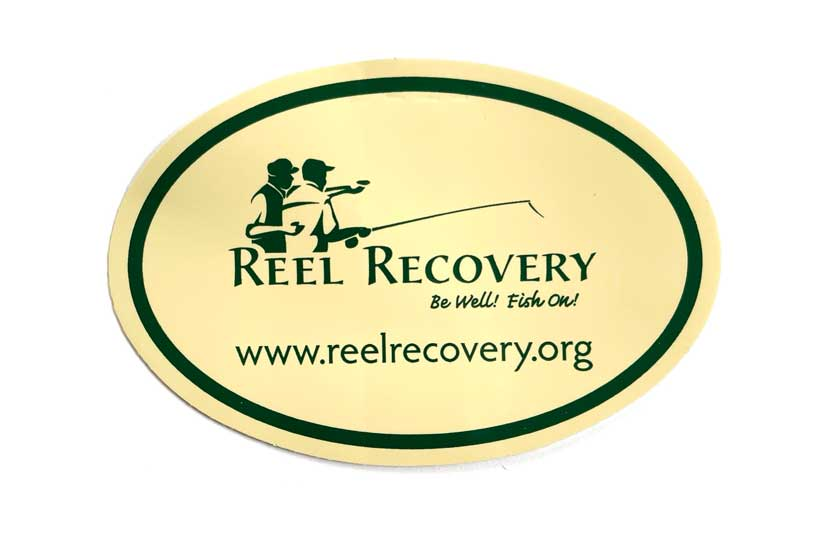
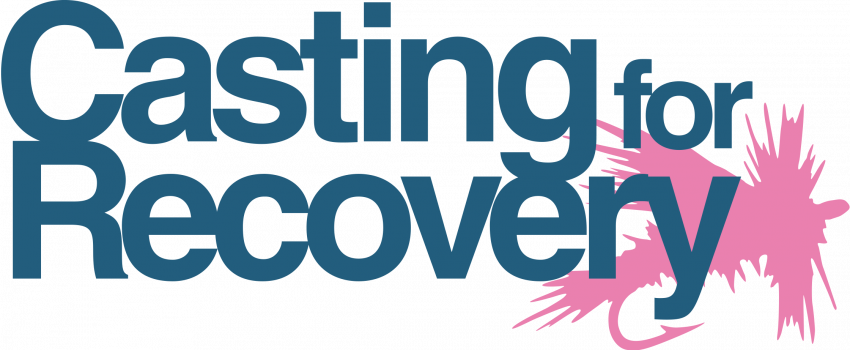



Our Partners


